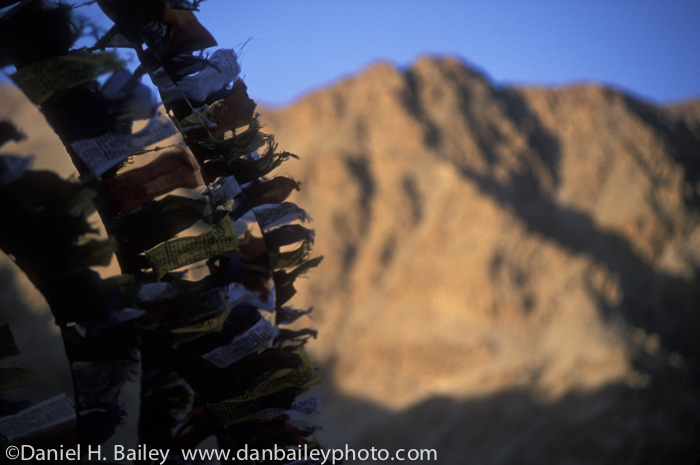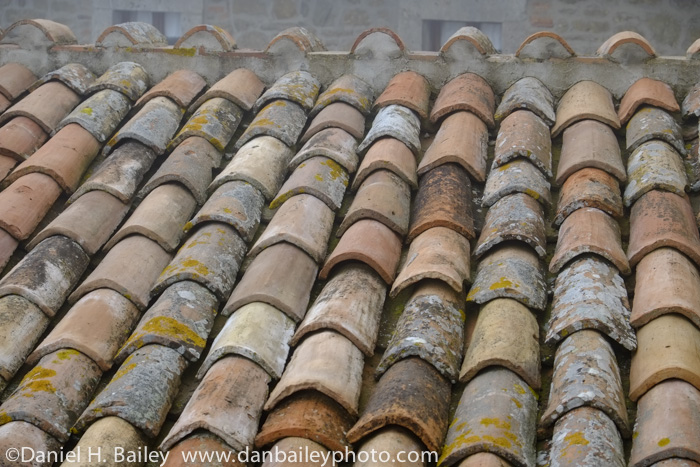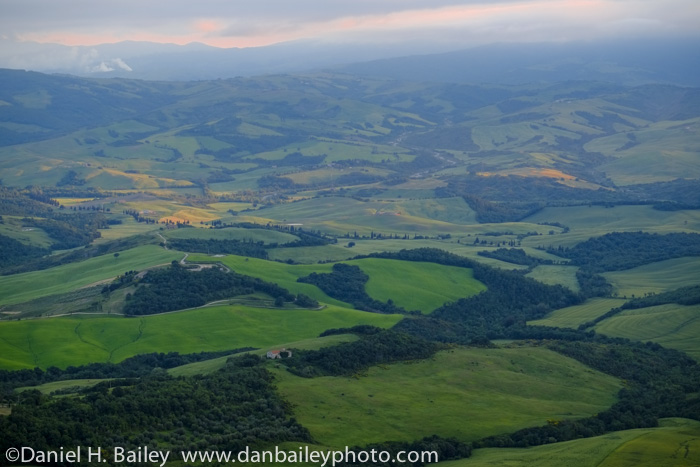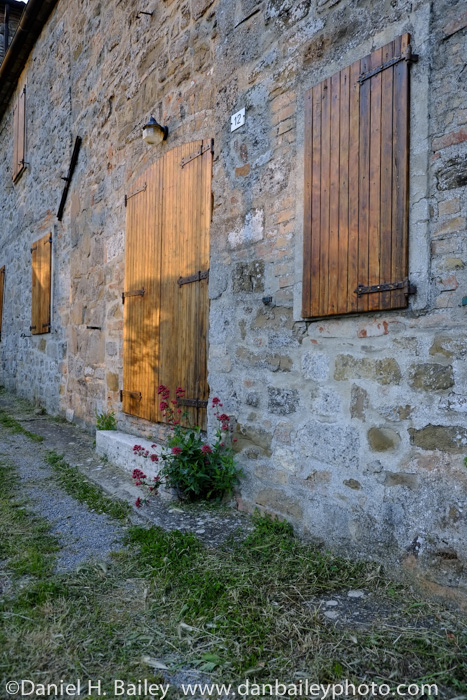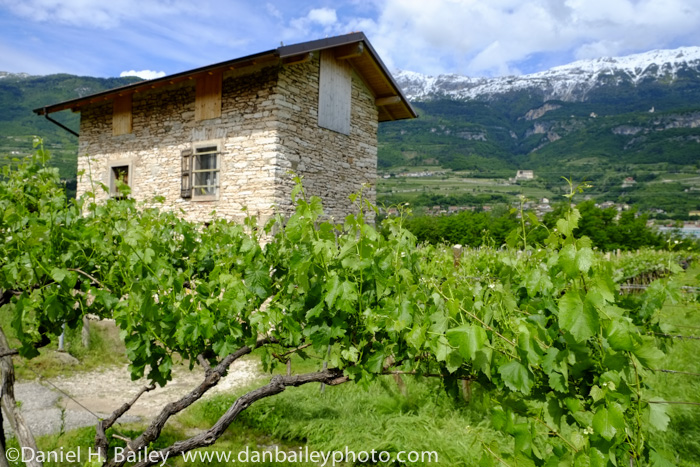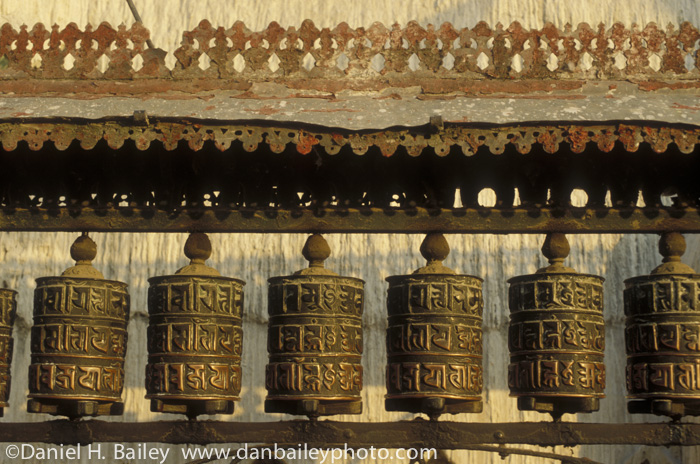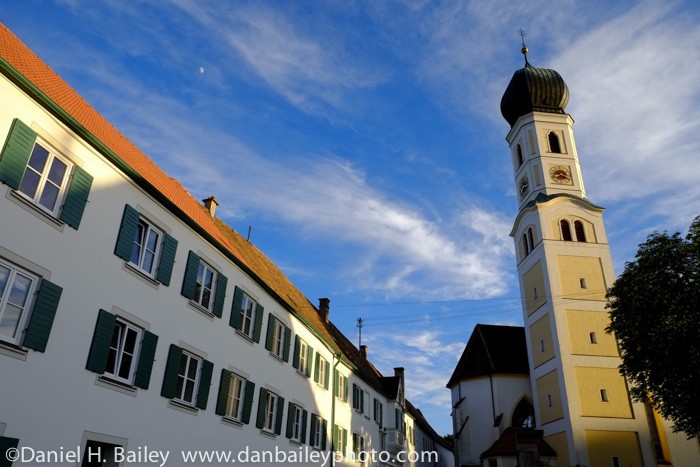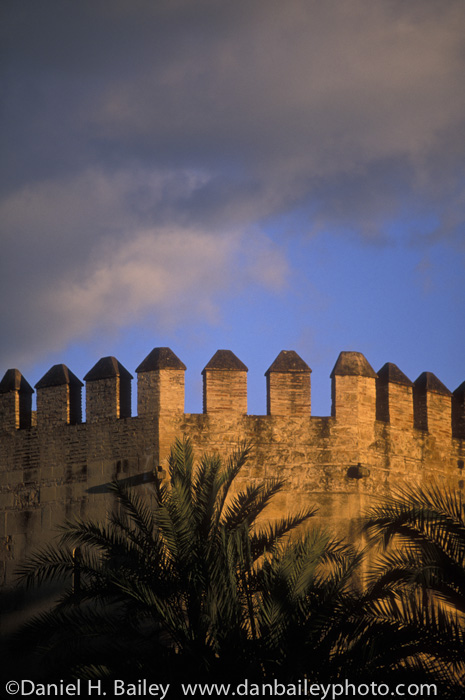 Your alarm goes off at what “normal” people would consider an inhospitable hour. The sun isn’t even up yet. That’s the point, though, right? You drag your bleary eyed self out of your bed or your sleeping bag, throw on some clothes, grab your camera bag and head out the door to capture some small corner of the world in those brief moments when it gets kissed by first light.
Your alarm goes off at what “normal” people would consider an inhospitable hour. The sun isn’t even up yet. That’s the point, though, right? You drag your bleary eyed self out of your bed or your sleeping bag, throw on some clothes, grab your camera bag and head out the door to capture some small corner of the world in those brief moments when it gets kissed by first light.
Whether it’s shooting the swirling and bustling activity of a busy marketplace, watching orange sunlight hit the tops of the cathedral or capturing the small details that make “there” so different from “here,” there’s nothing that ignites our photography like shooting in a foreign place.
When we think of photography and of our most favorite images that we’ve shot, what usually comes to mind? Travel. For many of us, photography and travel are almost inseparable passions. In fact, cameras were practically made for travel and exploration, and few types of photography have such an impact on the audience of the world as travel photography.
There’s a reason that National Geographic has always had such a prominent place in our culture. We’re fascinated by new places and by the things that we don’t see every single day, and capturing those images ourselves brings us great pleasure and sparks our own sense of adventure.
Then question then becomes, how to shoot better travel photos? How do you capture your scenes and create iconic image that communicate a powerful message to your audience? Here are three simple tips that can help you boost the visual strength and evocative message of your travel imagery.
1. Plan Before You Go
A great travel photo should communicate the very essence of a place to your viewers. When shooting travel pictures it helps to have some idea of what you want to shoot before arrive at your destination. Believe me, it’s easy to get to a new place and then suddenly become overwhelmed by your surroundings. When this happens, you’ll get all frazzled and forget some of the creative ideas that you had before you left home.
One way to approach shooting better travel photos is to identify some of the ideas that you have in your own mind about the place you’ll be visiting. If you’ve been there before, then you might already something that you can draw from memory. If not, then do a little research into the landscape, the architecture and the culture before you go. A quick Google search will go a long way towards giving you some ideas.
Then, before you go, jot down some notes of what you hope to see and photograph when you get there. Think simple concepts like prayer flags in front of a monastery, or a dramatic mountain backdrop set against the city, or the age and mystery of the architecture. Let your mind wander and come up with as many ideas as you can.
In this example, before a trip to Ladakh, Northern India, I envisioned a shot of some prayer flags set against a dramatic mountain scene. Two weeks into my trip, I found a suitable example outside of the town of Leh, and then proceeded to shoot a variety of different compositions with a Nikon 80-200mm f/2.8 zoom lens.
In this Tuscany photo below, I was hoping to catch a broad view of the landscape in great light. However, the weather didn’t cooperate for much of the time I was there on this particular trip, so I looked closer and tried to capture other elements in the scene that I found interesting, such as these Italian roof tiles.
At the same time, I’d already scoped out some possible locations, so that if the weather cleared, I’d be ready. The sun came out and I got the shot that was in my mind in the first place, and I got some image that I hadn’t expected to get, plus this shot of the doorway that I saw while running to where I had planned to shoot the grand landscape. Since my eyes were open to new possible ideas, I quickly snapped this before continuing to my vantage point. I shot all of these scenes with the Fujifilm XE-1
2. Look for Relationships and Details
Using what you already know, try to identify the specific elements that excite you about the place. These can be anything, such as the natural or man made features for which the place is famous, certain dramatic aspects of the culture or colorful clothing styles.
When you arrive at your destination, start searching for scenes that match the notes that you’ve made for yourself. This might involve looking at maps, talking with the locals or simply letting yourself wander. However, don’t be so involved in your own ideas that you ignore great opportunities right in front of you. These ideas should be a base to support you and keep you from becoming overwhelmed. However, don’t stick to them like a scrip, you’ll want to adapt to the scene when you arrive on location.
Most importantly, keep an eye out for relationships and details. Often times the most powerful images are created by showing your main subject in such a way that it tells a story of its relationship to the background, the surroundings, or with the other elements in the scene. Or, they get in close and illustrate small aspects of the place that make it unique.
3. Work Your Scene
When you come across a possible subject, work on translating it into a compelling image. This is where it all counts, so apply all the techniques that you’ve learned over the years. Pay attention to all the different qualities of the scene and look for elements that you can play off of each other in your composition. You might decide to wait for more optimum light or weather conditions and return at a different time.
Even if the elements come together for a particular shot, keep that idea in your mind, because you might very well come across another scene later in your trip that illustrates your idea even better. There have been plenty of times when I’ve shot what I thought was a great iconic and conceptual travel photograph, only to watch an even better representation of my creative ideas unfold later in a completely different location.
While wandering around in a small Bavarian town after an afternoon rainstorm, the sky cleared and opened up with gorgeous light. I found this church, and tried some different compositions, trying to make the most of the light and isolate what it was that drew me to the scene. Once I identified the basic elements that were essential to the scene, I narrowed down and included just the sky, moon, a part of the tree and the top of the steeple. A tight vertical composition allowed me to get rid of the clutter and create a simple, strong image with a Fujifilm XE-1.

